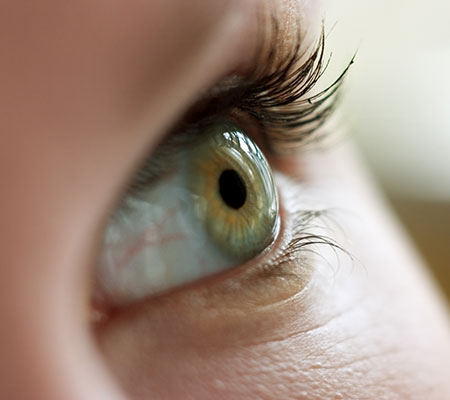
Eyelashes, insects, flocks of geese – all these can be in your eyes.
No, not really. But they could be “floaters.”
Floaters are not usually bad in your eye, but they are something you should have your provider look at just to make sure.
What are floaters?
Dr. Sean Sarazen, a Marshfield Clinic optometrist, says floaters are a combination of protein and cells in the jelly-like substance suspended in the eye.
“As we get older, the gel inside the eye gradually turns into liquid and those fibers, proteins and cells clump together,” Sarazen said. “These clumps that form are perceived as floaters.”
When light enters the eye, it can hit the floater and cast a shadow on the retina. Floaters are the effect people see from the shadow.
People perceive floaters differently. They are commonly described as looking like a spider web or a fine hair. Other people may just notice black or grey spots in their vision.
“I have heard spider webs, a fine hair, blobs or spots,” Sarazen said. “A common theme is they tend to move as the eye moves.”
Besides being part of the aging process, floaters also can develop from any form of trauma that could potentially cause a retinal detachment or tear.
What happens if you have a floater?
Right now there is no widely recognized treatment for floaters. However, Sarazen says he has heard reports of some laser procedures.
“These procedures don’t treat the floater completely,” he said. “They just break up a large floater into smaller particles.”
If the floater has been there for a while, the brain will usually get used to it and filter out the image. People may only see the floater in sunlight or on white backgrounds.
You can’t prevent floaters since they are part of the normal aging process. Luckily, they don’t usually lead to blindness unless there is a much more serious cause such as a retinal tear or detachment.
If you think you have a floater, see your provider right away.
If the floater is new, your doctor will check the inside of your eye with a dilated eye exam. Many providers have a protocol in place for a new onset including a series of checks over a six-month period. If there is no tear or break in the eye, it is considered a normal floater.






Leave a Reply